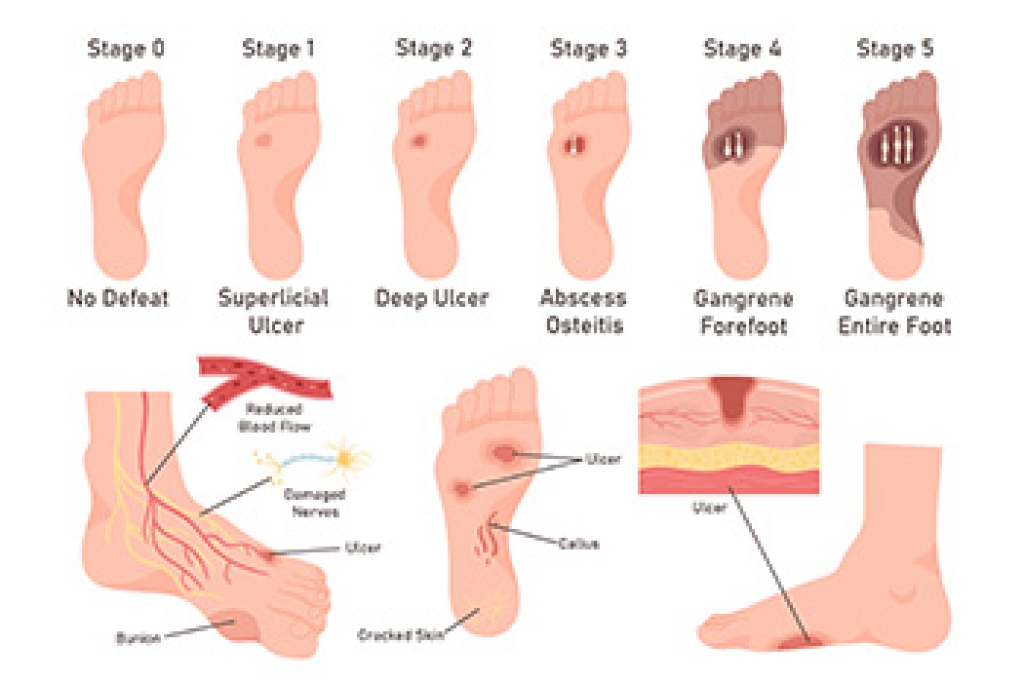
Morton’s neuroma is a painful condition that affects the ball of the foot, most often between the third and fourth toes. It occurs when the tissue around one of the nerves leading to the toes thickens due to irritation or pressure. Common causes include wearing tight or high heeled shoes, repetitive stress, or foot structure issues, such as flat feet. Symptoms include burning pain in the ball of the foot, tingling or numbness in the toes, and the feeling of standing on a pebble or having a fold in the sock. The foot may look normal but can feel tender and uncomfortable when walking or wearing certain shoes. A podiatrist can diagnose Morton’s neuroma through physical examination, imaging tests, and evaluating footwear and activity habits. Treatment includes shoe modifications, custom orthotics, anti-inflammatory injections, or in some cases, minor surgery. If you experience these symptoms, it is suggested that you make an appointment with a podiatrist for proper diagnosis and relief.
Morton’s neuroma is a very uncomfortable condition to live with. If you think you have Morton’s neuroma, contact the foot specialists of Academy Foot and Ankle Specialists. Our doctors will attend to all of your foot care needs and answer any of your related questions.
Morton’s Neuroma
Morton's neuroma is a painful foot condition that commonly affects the areas between the second and third or third and fourth toe, although other areas of the foot are also susceptible. Morton’s neuroma is caused by an inflamed nerve in the foot that is being squeezed and aggravated by surrounding bones.
What Increases the Chances of Having Morton’s Neuroma?
- Ill-fitting high heels or shoes that add pressure to the toe or foot
- Jogging, running or any sport that involves constant impact to the foot
- Flat feet, bunions, and any other foot deformities
Morton’s neuroma is a very treatable condition. Orthotics and shoe inserts can often be used to alleviate the pain on the forefront of the feet. In more severe cases, corticosteroids can also be prescribed. In order to figure out the best treatment for your neuroma, it’s recommended to seek the care of a podiatrist who can diagnose your condition and provide different treatment options.
If you have any questions, please feel free to contact our offices located in Southlake, Keller (Fort Worth), Hurst, North Richland Hills, Flower Mound, Argyle, and Denton, TX. . We offer the newest diagnostic and treatment technologies for all your foot care needs.




